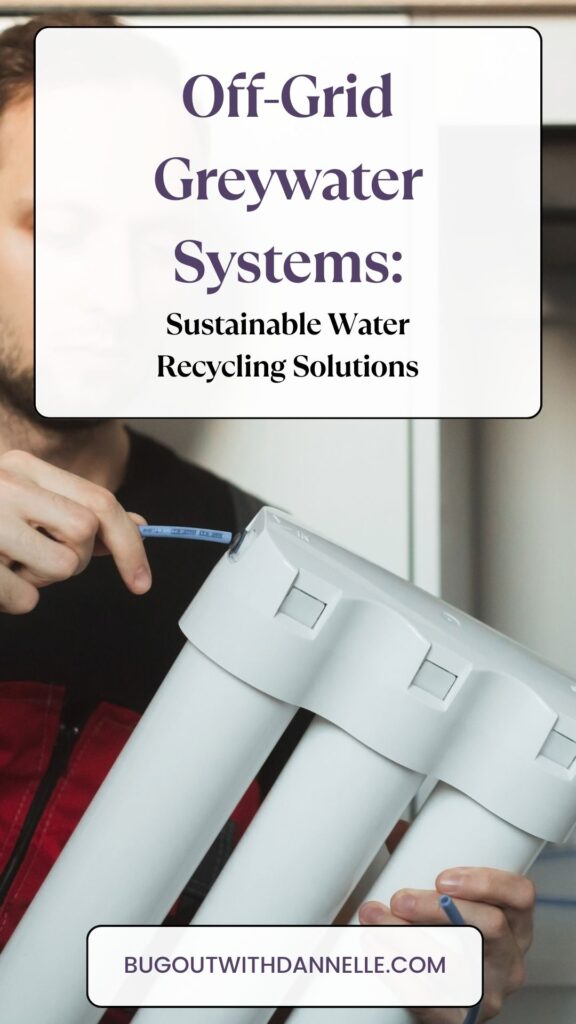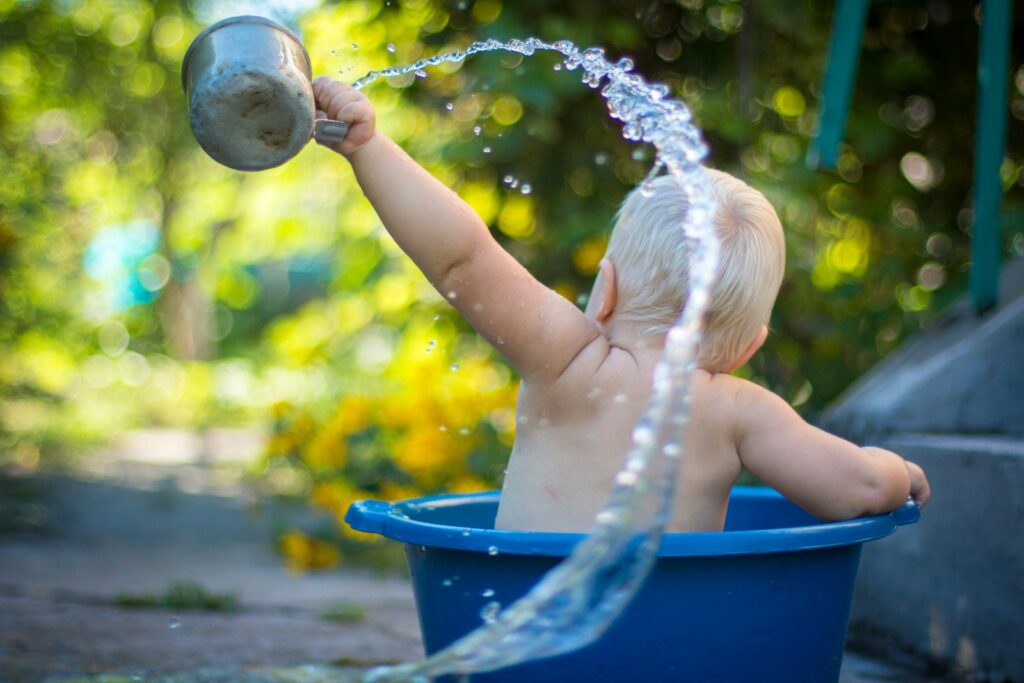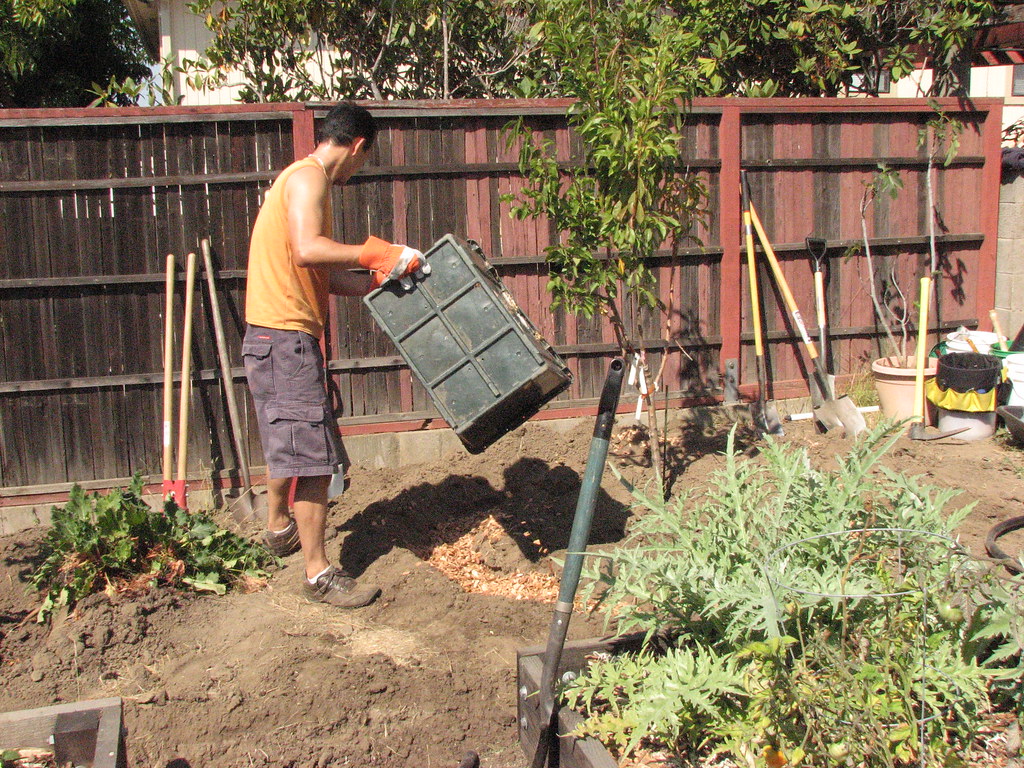Managing water efficiently is essential when living off-grid, and that means not only finding innovative ways to collect and store water but also conserving it. Your grey water – water from sinks, showers, and washing machines – shouldn’t go to waste. With the right off-grid greywater systems, you can recycle this resource to irrigate your garden, reducing your overall water consumption and minimizing your environmental footprint.

Off-grid greywater systems are a crucial component of sustainable living. They allow you to treat and reuse household wastewater in a way that’s both eco-friendly and practical.
Options for these systems range from simple setups suitable for small-scale applications to more complex systems designed for permanent off-grid homes. By implementing such a system, you’re taking a significant step towards self-sufficiency and responsible stewardship of natural resources.
Basics of Grey Water Systems
Greywater systems enable you to recycle water from various household sources. Here’s a breakdown to understand their components and functioning:
Sources of Grey Water
- Sinks
- Showers
- Washing machines
Note: Toilet water, or ‘black water,’ is not grey.
Benefits:
- Reducing water bills
- Decreasing demand for municipal treatment systems
- Providing irrigation water
When planning your greywater system, budget plays a crucial role. Typical costs may range from $500 to $2,500, with labor being a significant portion. Plumbers might charge between $50-$150 per hour.
Types of Grey Water Systems
- Laundry to Landscape: Utilizes washing machine water for irrigation without altering plumbing.
- Branched Drain: Divides water flow using gravity to different parts of your garden.
- Sand Filter: Utilizes a layered sand filter to clean water before it’s applied to irrigation.
Essential Components may include the following.
| Component | Function |
|---|---|
| Pipes | Transport grey water from source to designated areas. |
| Filters | Remove particles and prevent clogging. |
| Surge tank | Temporary storage if immediate distribution isn’t required. |
| Emitters | Drip emitters or other outlets to distribute water into the soil. |
Remember, regulations on greywater reuse vary, so check your local codes before installation. And for off-grid solutions, integrating a greywater system can significantly enhance sustainability.
Components of Off-Grid Grey Water Systems
Implementing an off-grid greywater system involves understanding the components required for successful operation. These elements work together to manage household wastewater effectively.
Grey Water Sources
Your grey water originates from various household activities.

- Sinks: Kitchen and bathroom.
- Showers/Bathtubs: Typically low in contaminants.
- Laundry Machines: Excluding those used for soiled diapers or hazardous substances.
Filtration Elements
Filtration is crucial to remove particles and contaminants from grey water.
- Mechanical Filters: To capture solid waste.
- Biological Filters: Where microorganisms break down organic matter.
- Sand/Gravel Filters: Often used for additional cleansing.
Pipes and Plumbing
Proper plumbing channels grey water where it needs to go.
- Inlet Pipes: Carry water from sources to filtration.
- Outlet Pipes: Transport filtered water to the next stage or use.
- Labor costs for plumbing could be substantial, as outlined in a greywater system cost estimate.
Storage Tanks
Storage tanks hold grey water post-filtration until it’s needed.
- Varying sizes: Generally the larger the tank, the higher the cost.
- Construction material: Commonly plastic; ensure it’s suitable for storing grey water.
Pumps and Irrigation Equipment
To utilize grey water for irrigation, you need the following supplies.
- Pumps: Ensure they’re capable of handling grey water.
- Irrigation Equipment: Drip lines and hoses for grey water release into your garden beds or landscape.
System Design Principles
Designing an efficient off-grid greywater system involves precise planning to manage water flow, prevent contamination, and determine the best use of natural and mechanical processes.
Water Flow Management
To manage the water flow in your greywater system, it’s essential to accurately calculate the water output from sources such as showers and washing machines. Your system should be designed to handle these quantities, directing water efficiently to areas where it can be reused for irrigation or other purposes.
Contamination Prevention
Contamination prevention is crucial; greywater should never mix with your fresh water supply. Ensure that pipes are clearly labeled and separated, and utilize traps and filters to block the passage of solids and debris, which could contaminate your system.
Gravity vs. Pumped Systems
Your design choice between gravity and pumped systems depends on your landscape and budget. Gravity systems, which utilize a natural slope for water movement, are cost-effective and low-maintenance.
In contrast, pumped systems, while more expensive and requiring electricity, can overcome the limitations of flat terrain.
Natural Filtration Strategies

Incorporate natural filtration strategies like constructed wetlands and mulch basins to purify greywater naturally before it’s reused. These systems mimic natural processes to break down soap residues and other contaminants, allowing for safer reuse of greywater in your garden.
Regulations and Permits
When installing an off-grid greywater system, understanding and adhering to the current regulations and permits is crucial. These rules are in place to ensure systems are safe, environmentally friendly, and comply with local standards.
Local Building Codes
Your first step is to check the local building codes relevant to your area. These codes dictate the design, construction, and installation parameters of greywater systems.
For example, in California, you may need a permit for all greywater systems. Failing to comply with these codes could result in fines or the requirement to modify or remove your system.
Environmental Impact Assessments
Before installation, you might be required to conduct an Environmental Impact Assessment (EIA). This assessment determines the potential effects of your greywater system on the local environment. It’s essential to consider factors such as local water tables, soil composition, and nearby ecosystems.
Health and Safety Considerations
Finally, health and safety considerations are paramount. Ensure your system is designed to prevent contamination of freshwater supplies or exposure to harmful bacteria.
In states like Arizona, there are incentives like tax credits to encourage the safe and effective use of greywater systems. Always screen your system for health and safety compliance to safeguard yourself and your community.
Installation Process
Properly installing an off-grid greywater system is essential for both functionality and compliance with local regulations. Each stage, from site assessment to construction, plays a critical role in ensuring a sustainable and efficient system.
Site Assessment
Before you begin, it is imperative to evaluate your property to identify the optimal location for the greywater system. Consider the slope of the land, soil composition, and the proximity to plants that can benefit from greywater irrigation.
It’s essential to ensure that the area where you plan to install the system will not lead to water pooling or running back toward your home.
System Layout Planning
After assessing the site, design a layout for your greywater system that aligns with your home’s existing plumbing. This plan should include the paths the greywater will take from your house to the irrigation or disposal area.
For instance, Practical Off Grid Living suggests considering filter systems, bioreactors, and disinfection methods suitable for your needs and budget.
Excavation and Landscaping
The next step involves excavating trenches for pipes and, if necessary, reshaping the landscape to accommodate the system’s components.
Labor costs for this phase can vary, with plumbers charging between $50-$150 per hour and excavation services ranging from $20-$75 per hour, according to The Tiny Life.
The excavation must align with your system layout plan to ensure the proper flow of greywater.
Assembly and Construction
Once the trenches are ready, assemble the greywater system by connecting piping from the house to your chosen treatment and dispersal points. Materials such as second-hand barrels, pipes, and suitable couplings will form essential parts of the structure.
An example cost breakdown of DIY construction can be found on Countryside, affirming that a functional system can be created affordably. Ensure all connections are secure and check for leaks to maintain the system’s effectiveness over time.
Maintenance and Troubleshooting
Proper maintenance and timely troubleshooting are essential for the longevity and efficiency of your off-grid greywater system. These practices ensure that your system continues to operate effectively, avoiding any unnecessary downtime or costly repairs.
Routine Inspections
Schedule regular inspections to monitor your greywater system’s overall health. Check the pipes for clogs or damage and ensure all components are functioning as intended. Observing changes in water flow or quality can preempt many issues.
Cleaning and Replacing Filters

Your system’s filters are its first line of defense against debris. Clean filters every few months or more frequently if your water usage is high. If you notice persistent problems with water quality, it’s likely time to replace your filters.
System Upgrades and Repairs
Eventually, components may wear out or newer, more efficient options may become available. Stay informed about system upgrades that can enhance your system’s performance. When repairs are needed, address them promptly to prevent further damage or system failure.
Benefits and Challenges of Off-Grid Grey Water Systems
Incorporating an off-grid greywater system can be a transformative step in achieving sustainable living, yet it’s essential to balance the compelling benefits with the practical challenges you might encounter.
Water Conservation Benefits
One of the key advantages of utilizing an off-grid greywater system is the significant conservation of water. You can reuse household wastewater from sources like sinks, showers, and laundry, which can then be used for irrigation and flushing toilets.
This practice not only helps in reducing the overall water consumption but also in lessening the strain on septic systems or sewage treatments.
According to a resource, eco-friendly technology in off-grid living can lead to a marked reduction in water footprint.
Cost and Energy Efficiency
From a financial perspective, although the initial setup of a greywater system requires some investment, you can expect savings on your water bills over time.

The materials needed are usually affordable and the main cost factor is labor. It’s estimated that this upfront cost ranges from $500 to $2,500, as per a financial guide.
Additionally, by reusing grey water, you can lessen the energy load needed to pump and treat water, leading to further savings and environmental benefits.
Potential Drawbacks
While the benefits of greywater systems are compelling, there are challenges to consider. You need to be aware that grey water often contains contaminants like food particles, dirt, and grease that necessitate proper treatment before reuse.
Systems must be designed to avoid the risk of contamination of edible plants if used for irrigation. Moreover, installation and maintenance require a level of technical expertise, and depending on your location, there may be regulatory hurdles to navigate.
Finally, during prolonged periods without rain, the reduced availability of grey water can affect the efficiency of the system, as detailed by an off-grid living guide.
Frequently Asked Questions
When considering an off-grid greywater system, you might have questions about best practices, construction, environmental impacts, and more. This section aims to address those queries clearly and confidently.
What are the best practices for managing grey water in an off-grid system?
To manage grey water effectively, it’s crucial to avoid using harsh chemicals in household products as they can harm the environment when reused for irrigation.
Using biodegradable soaps and detergents is a key practice. Regular maintenance of filters and careful monitoring of water output to prevent over-saturation of soil are also important.
How can one construct a greywater system using a 55-gallon drum?
A 55-gallon drum can be repurposed as a settling tank in a greywater system. After connecting it to your plumbing, the drum should be placed in a downhill location from the source to allow for gravity-fed filtration.
What are the environmental impacts of an off-grid greywater system?
An off-grid greywater system minimizes water waste by reusing household greywater for irrigation, thereby reducing the extraction from freshwater sources. It can promote sustainable water management and, when designed properly, should not harm the environment.
Which types of greywater systems are most suitable for tiny homes?
In tiny homes, simple greywater systems, such as a branched drain or mulch basin system, are most suitable due to limited space. They require minimal mechanical parts and can efficiently process water without occupying too much room.
How to ensure safe greywater disposal in a yard?
For safe disposal, grey water should be released under the surface to avoid contact with people or animals. Subsurface irrigation methods like drip systems are effective. Always ensure that grey water does not pool or run off to neighboring properties.
What are the potential drawbacks of using a greywater system in an off-grid setting?
Some potential drawbacks include the cost and effort of installation and maintenance. Also, without proper filtration and dispersal, greywater systems can lead to soil contamination and groundwater pollution.

